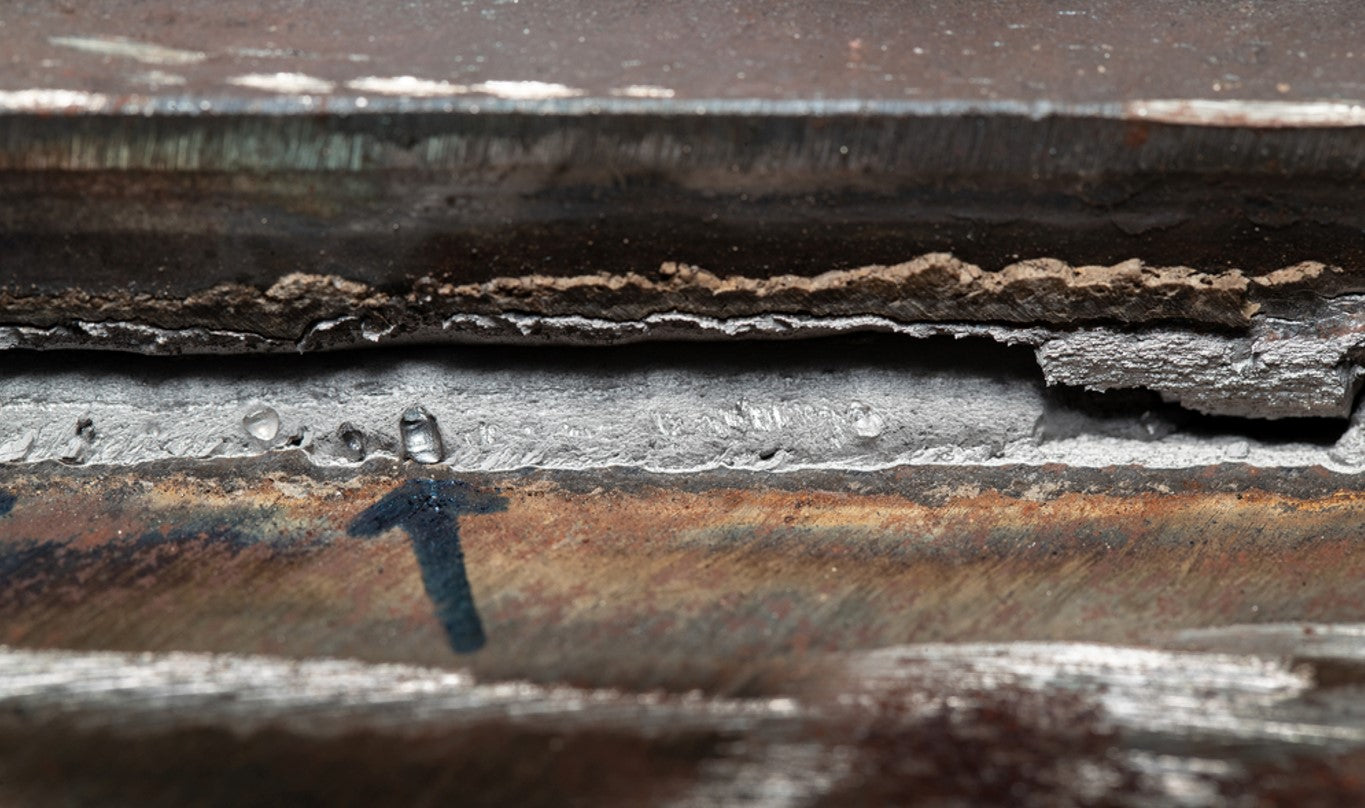Preventing Weld Undercut Made Easy: Secret Techniques Introduced
A Comprehensive Overview to Identifying, Preventing, and Correcting Undercut Welding Troubles in Your Welding Tasks
In the world of welding, experiencing undercut issues is an usual challenge that can jeopardize the structural integrity and general top quality of your welding projects. Keep tuned as we check out the important elements of recognizing, avoiding, and taking care of undercut welding troubles, giving you with important understandings and techniques to boost your welding abilities to the next level.
Usual Sources Of Undercut Welding
Undercut welding, an usual concern in welding procedures, can be caused by different variables that need to be very carefully recognized and addressed to make certain the integrity of the weld joint. One of the main sources of undercut welding is excessive warm input. When the welding parameters, such as voltage, existing, or take a trip speed, are not properly established, a too much amount of warm can be created. This excess warmth leads to the melting and subsequent removal of the base material along the edges of the weld joint, producing a groove referred to as undercut.
Another common cause of undercut welding is inappropriate welding technique. Recognizing these origin triggers and applying corrective steps is necessary in avoiding and remedying undercut welding troubles in welding tasks.
Identifying Undercut in Welds

To determine undercut precisely, correct lights and magnification devices are necessary to examine the weld joint completely. Making use of tools such as a welding gauge or a magnifying glass can assist in detecting even the smallest undercut blemishes. Furthermore, running a finger or a finger nail along the weld joint can sometimes disclose undercut, as the surface may really feel unequal or have a dip where the undercut exists.
Safety Nets for Undercut
Having a deep understanding of the root causes of undercut in welds enables the implementation of effective safety nets to preserve weld top quality and stability. One essential safety net appertains weld joint prep work. Making certain that the sides are clean, devoid of impurities, and correctly beveled can considerably reduce the likelihood of undercut (Preventing weld undercut). Furthermore, picking the ideal welding criteria, such as voltage, existing, and travel speed, is vital. These setups need to be maximized to stop excessive warmth input, which can result in damage development.

Strategies for Taking Care Of Undercut

To resolve undercut problems properly, welders can employ particular techniques aimed at rectifying the flaw and bring back the honesty of the weld joint. One strategy is to change the welding parameters, such as the voltage, current, and travel speed, to ensure appropriate warmth input and combination. Increasing the welding current or lowering the traveling speed can aid complete the undercut. In addition, changing the welding strategy from a press to a drag or the other way around can also aid lessen undercut.
Another technique is to make use of a weaving motion while welding to make sure correct sidewall fusion and fill in the undercut. By oscillating the welding arc from side to side within the weld joint, the welder can transfer extra filler material into the undercut areas, effectively getting rid of the issue.
In addition, grinding out the undercut and rewelding the joint can be a viable option for extra severe undercut issues - Preventing weld undercut. This process includes getting rid of the undercut area, preparing the base metal, and then rewelding the joint with appropriate welding specifications and strategies to avoid undercut from persisting

Expert Tips for Staying Clear Of Undercut
Making use of appropriate welding strategies and maintaining control over crucial welding criteria are important approaches for welders aiming to stop undercut in their weld joints. Additionally, selecting the suitable welding procedure and filler metal for the particular application can assist protect against undercut. Maintaining a consistent traveling rate during the welding process is another necessary pointer to avoid undercut.
Final Thought
In verdict, recognizing, avoiding, and taking Go Here care of undercut welding problems in your welding projects is essential for making sure durable and strong welds. Preventing weld undercut. By comprehending the typical reasons for undercut, having the ability to identify it in welds, carrying out preventive steps, and making use of correct strategies for repairing undercut, you can avoid prospective concerns and produce high-quality welds. Adhering to specialist ideas for preventing undercut can aid you boost your welding abilities and produce better outcomes in your tasks
Undercut welding, a common concern in welding procedures, can be triggered by different variables that need to be thoroughly identified and addressed to guarantee the stability of the weld websites joint. Furthermore, running a finger or a fingernail along the weld joint can sometimes disclose undercut, as the surface area may feel irregular or have a dip where the undercut exists.
Using appropriate welding techniques and keeping control over crucial welding specifications are essential strategies for welders aiming to stop undercut in their weld joints.In final thought, determining, preventing, and fixing undercut welding issues in your welding tasks is critical for making sure strong and sturdy welds. By comprehending the common reasons of undercut, being able to identify it in welds, implementing precautionary measures, and using proper methods for taking care of undercut, you can avoid prospective concerns and create high-grade welds.